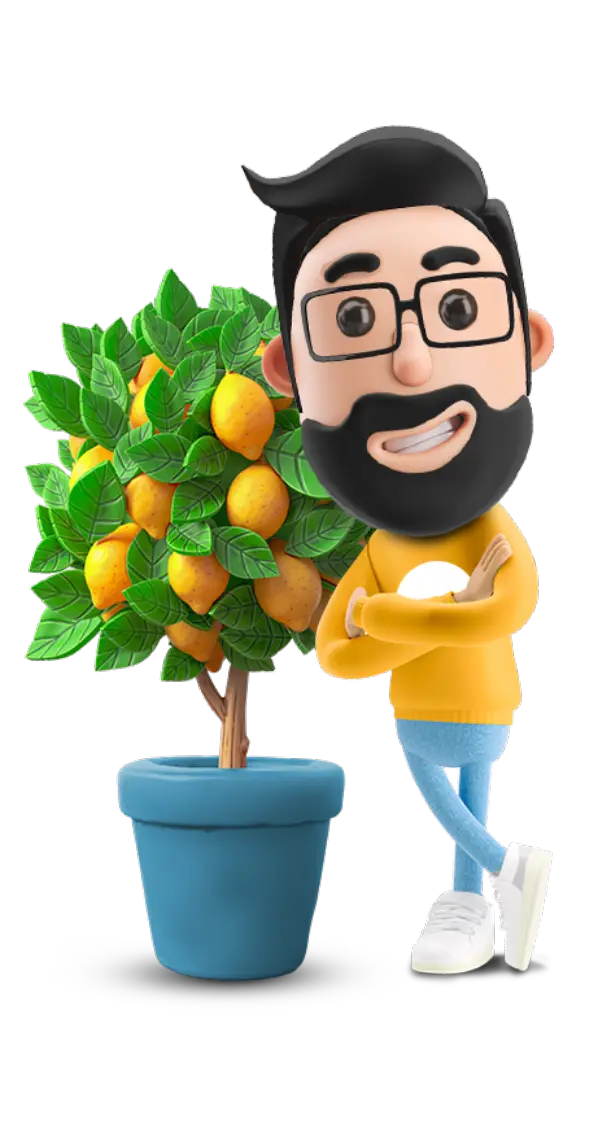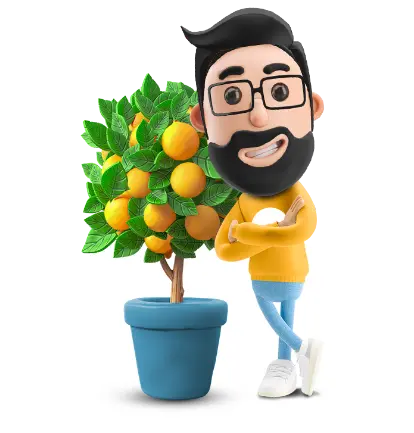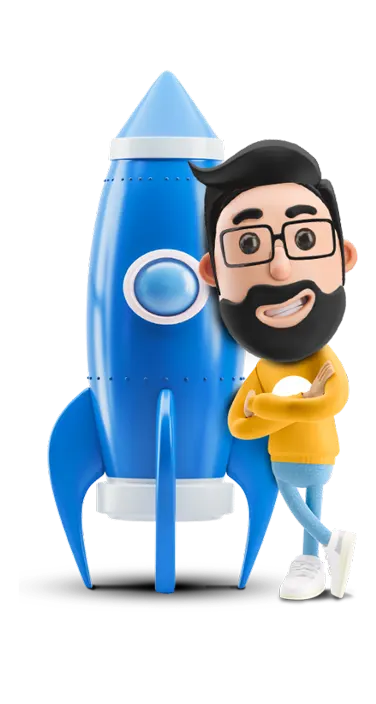
Launching Soon
Join our VIP list to receive early access and a LIFE-TIME discount on your Graphic
Design subscription.
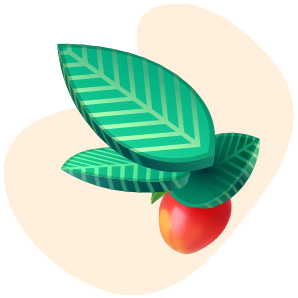
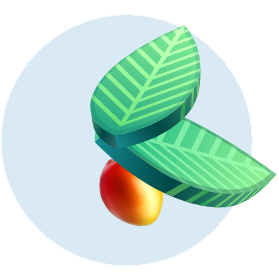
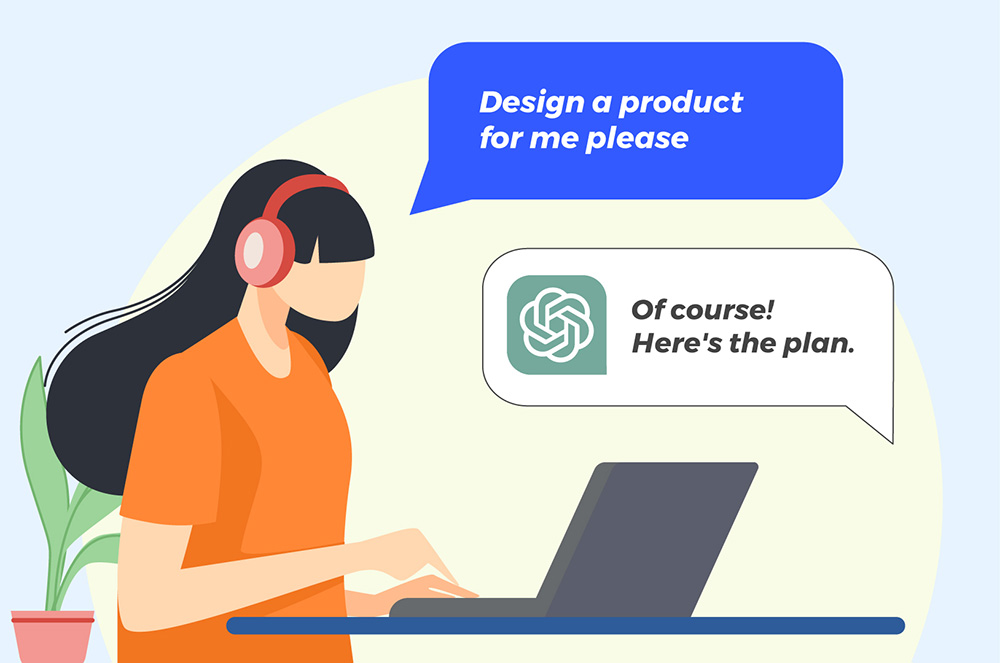
Launched in late 2022, ChatGPT has taken the world by storm – from coding and writing essays to even giving you pointers on how to be a people manager.
The wonders this AI bot has brought upon the world are opening up a lot of possibilities, giving users the ability to automate various tasks and streamline their workflow.
If you are not familiar with ChatGPT and want a formal introduction, check out this screenshot of how the AI bot itself describes what it is and what it does:
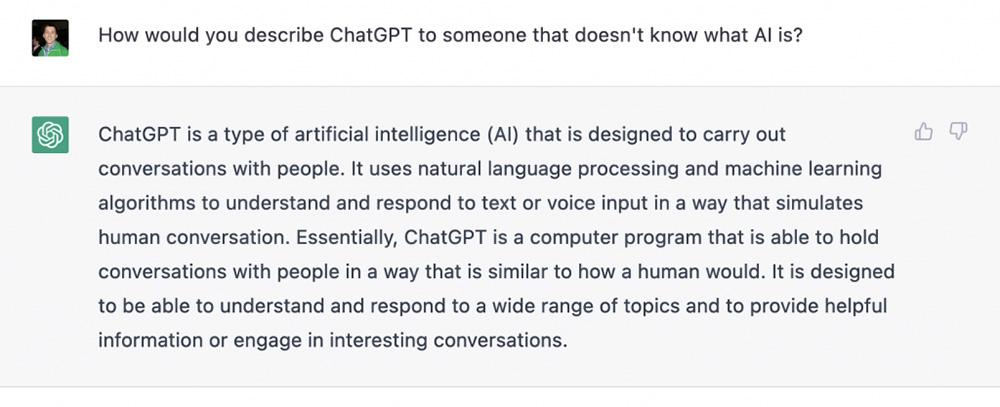
A screenshot of an interaction with ChatGPT. Image: Get Lighthouse
However, with this newfound technology comes a level of skepticism as well. Some question the accuracy of ChatGPT's responses and its ability to handle complex tasks.
With all the hype surrounding ChatGPT, it’s no wonder other companies are vying for a piece of the AI-powered chatbot game. The competition is fierce, and major players don't want to be left behind.
Microsoft recently introduced the new and (as it is claimed) improved Bing, which boasts new features that enable users to input queries with a maximum of 1,000 words at one time. The search engine utilises AI technology to generate annotated responses, which are displayed alongside the conventional search results from the web.
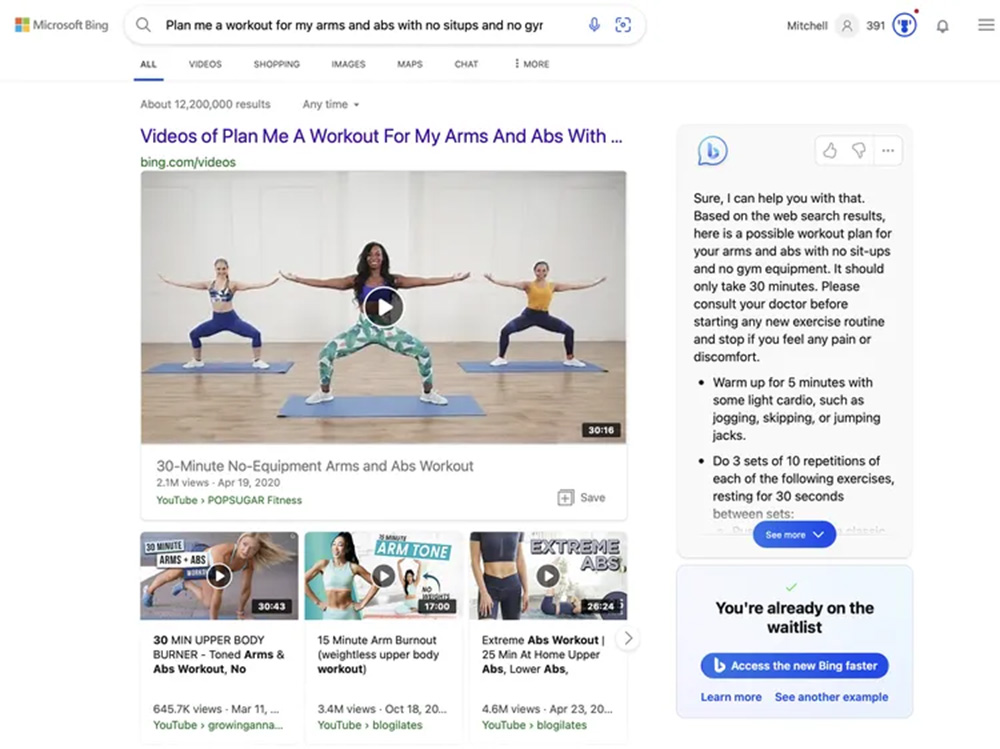
A screenshot of the new-and-improved Bing. Image: The Verge
Google isn’t one to lag behind either, it introduced its own AI chatbot called Bard. This AI technology is modeled after Google's LaMDA, and utilised Infiniset, a dataset sourced from internet content. The AI chatbot even underwent pre-training on an extensive corpus of 1.56 trillion words consisting of public dialogue and web-based text.
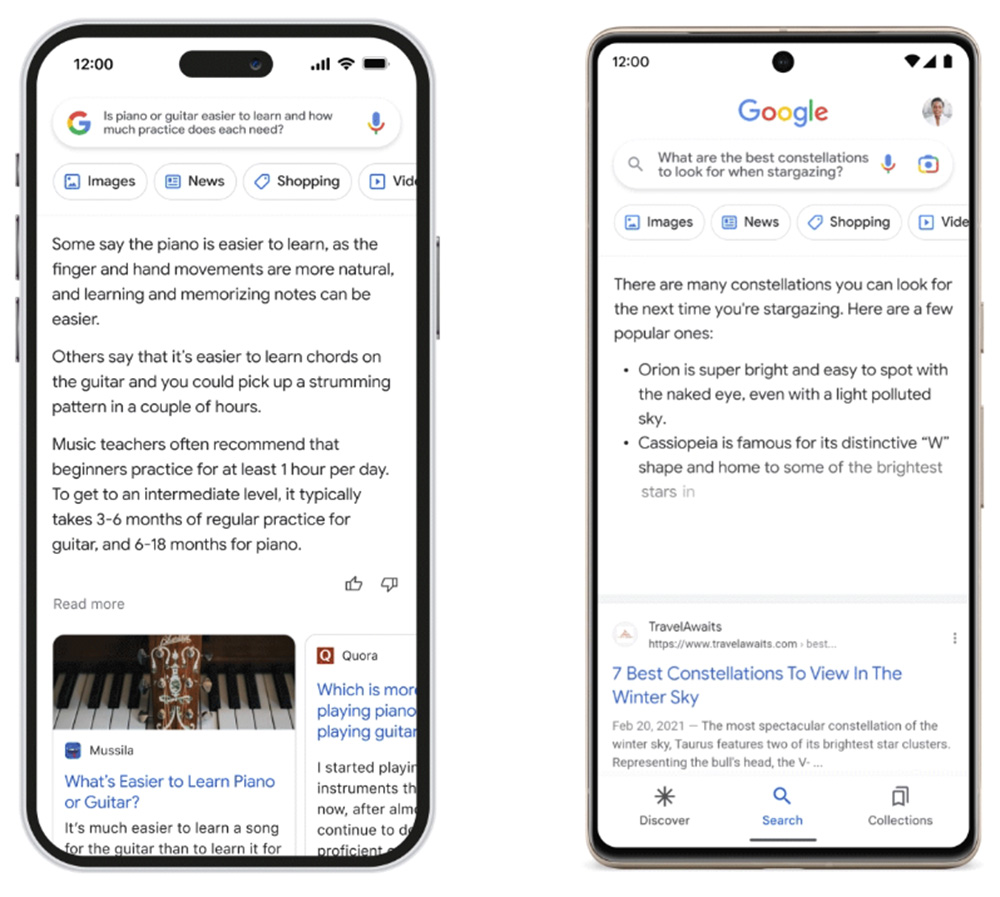
Google’s AI chatbot, Bard. Image: CMSwire
Everything isn’t all smooth in this new world though; reports have surfaced of incidents where users are concerned about unhinged AI chatbots and blatantly rude replies they’ve received to their queries.
As with any emerging technology, ChatGPT and its competitors require further development to achieve perfection.
However, even in its present state, ChatGPT can serve as a valuable tool for graphic designers to leverage in their work. We previously ran an opinion piece about how ChatGPT can potentially change the UX design scene (which you can read ), where we spoke about how the AI tool can help but not necessarily trump human intellect and capabilities.
We won’t delve so much into that, and will instead focus on the main crux of this blog post, which is to explore ways you – as a designer or a business owner looking to improve team productivity and efficiency – can utilise ChatGPT for product design in specific.
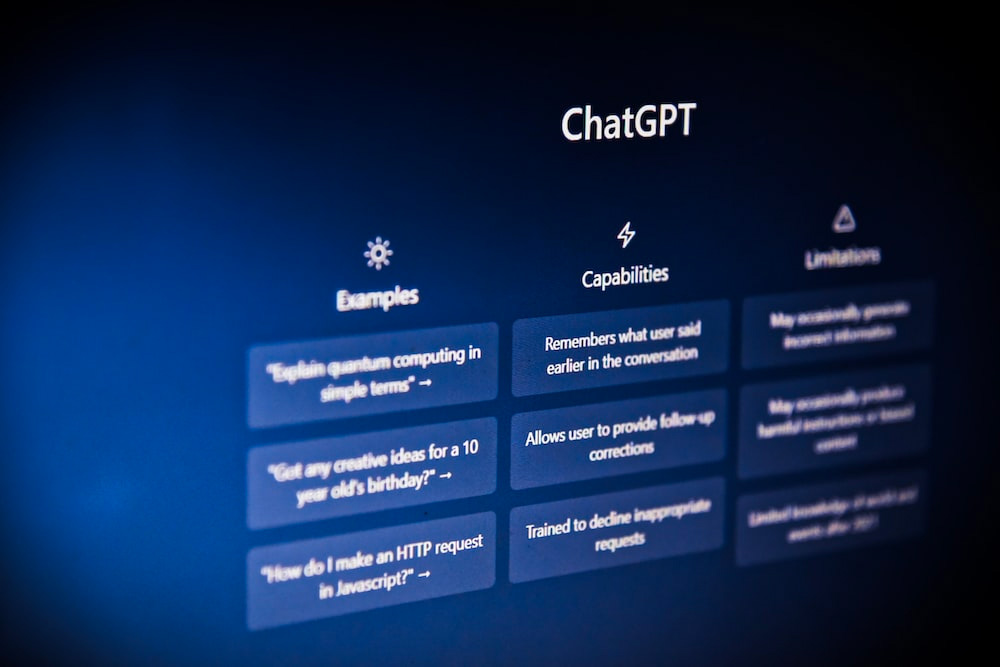
The key to using ChatGPT is asking the right questions – especially in product design. Image: Unsplash
Here are 5 clever ways to do so:
It can understand the nuances of local languages, dialects, and slang, which can be useful in generating product copy and taglines that are more engaging and effective for the target audience, especially if you’re advertising to a multiracial and multilingual country like Malaysia and Singapore where mixing English with the local tongue is the norm.
An example of this is when a particular writer experimented with asking the AI chatbot for suggestions on tools to use – and the list of answers it responded with did not disappoint!
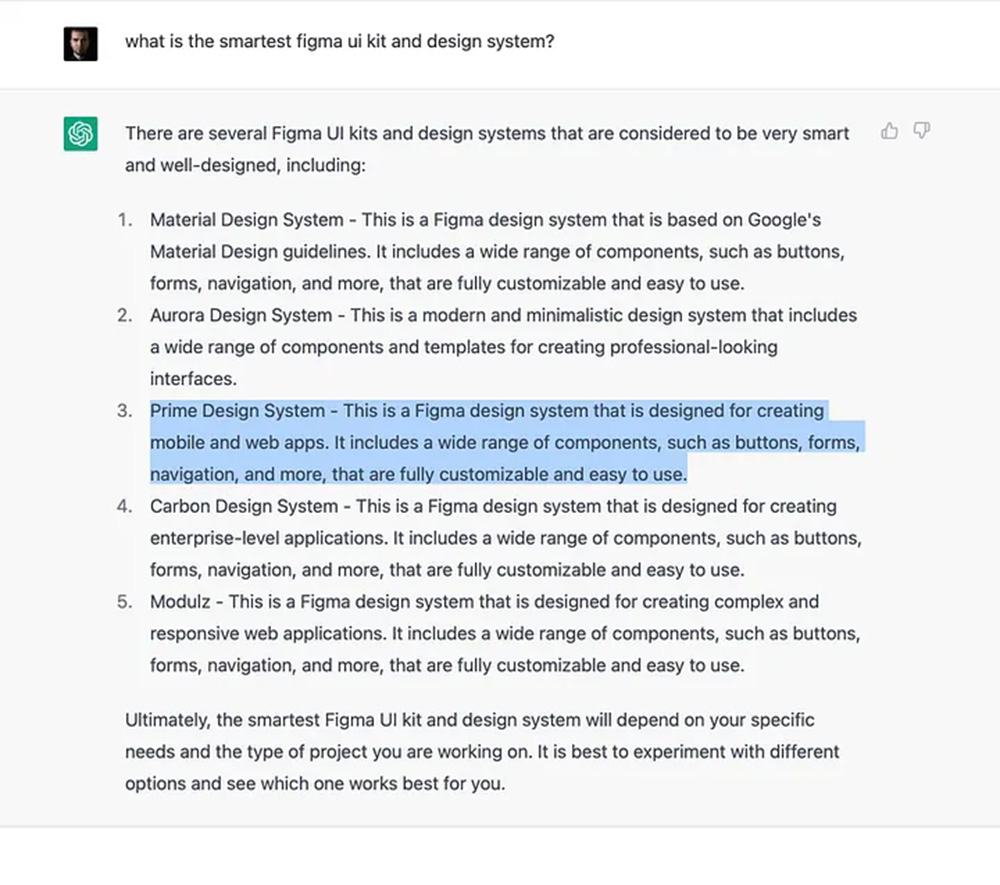
An example of how you can use ChatGPT for design. Image: Prototypr
Work smarter, not harder: Partner with Brandripe
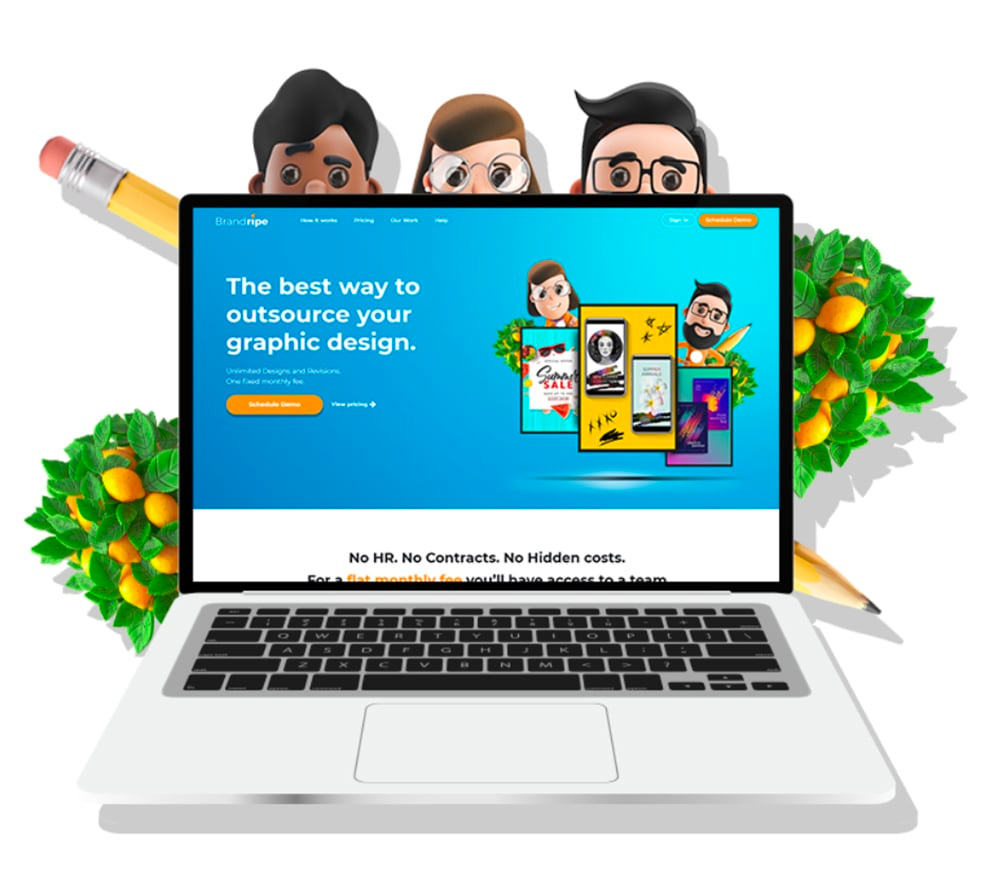
Outsource your design needs to a team who knows how to utilise both technology and skill. Image: Brandripe
While these are very useful ways you can leverage ChatGPT in your design task, the real work begins after. All of the above will help you brainstorm with data on hand, and get inspired on trends and tools to capitalise on.
However, as proven by user experience, an AI chatbot is a great supporting resource – it will not replace the expertise and creativity of a talented graphic designer.
That’s why Brandripe is still the preferred partner for outsourced graphic design services in robust, complex markets like Malaysia and Singapore.
Our client roster features both international and local brands, and we cater to business owners, agencies and more. We ensure a hassle-free experience and fulfils all the essential criteria, including cost-effectiveness, work ownership, and transparent expectations.
But, circling back to the topic of AI: we strongly agree that AI tools do help to automate certain tasks and improve efficiency and the process of ideation, but we are also of the school of thought that we could always do with “the human touch” – especially when it comes to designing and beyond, and especially if your products or services need to appeal to human users.
We’re all about combining AI and our own human skills, because utilising the latest technology will help us enhance the quality and efficiency of our design services.
This brings us to something else that’s in the works from all of us here at Brandripe – our very own AI, LENA!
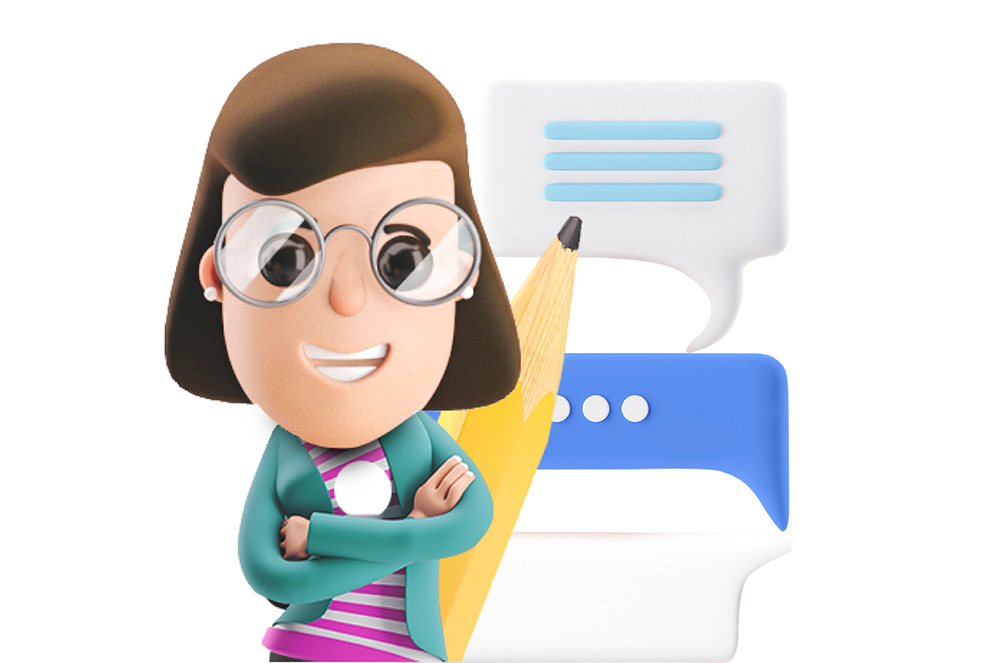
LENA is set to revolutionise the way you create design briefs and generate copies, but she’s not just any AI system.
Intuitive and incredibly powerful, her advanced natural language processing and machine learning capabilities will help us ace your needs and preferences in line.
LENA is designed to provide you with personalised recommendations that truly resonate with your target audience and help you create design briefs and copy that are uniquely tailored to your brand and your customers.
And so, with LENA and our team's expertise, we can create visually stunning and functional designs that meet your unique needs and requirements – especially when it comes to product design (among other things)!
Watch this space, as LENA will be launching soon!
In the meantime, if you’re looking for the best team that knows how to strike the right balance between AI technology and outstanding design skills, look no further than Brandripe!
Contact us by scheduling a 15-minute VIP Demo Call, or buzz us on our Live Chat today to learn more about how we can help you take your branding and design to the next level!
